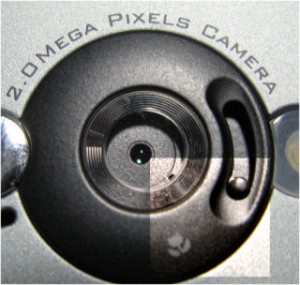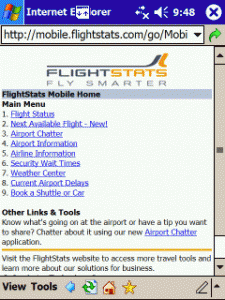Yesterday I said that Windows Mobile’s real competitor is Google Android. WiMo has already conceded defeat to Apple’s iPhone in the consumer space. Why? How? You and I, as individual consumers, have not been the target Windows Mobile customer since 2003. As soon as Microsoft’s marketing became phone-centric, the target customers became enterprises running Exchange Server and the mobile phone carriers. Microsoft’s recent purchase of Danger (the firm that sells the youth-consumer-centric Sidekick phone) muddies the picture even more. How are Windows Mobile and the Sidekick related? They sure don’t share the same operating system or run the same applications. They have completely different market focuses. This can only serve to confuse their marketing efforts going forward.
The big unanswered question is who is the market focus for the Google Android based phones? Unless it syncs with Exchange Server or Lotus Notes, it is not the enterprise (at least initially). Google’s multi-mode reference designs (touch and non-touch screen devices) may cause the same mind-share fragmentation that Windows Mobile’s touch and non-touch reference designs do. Given a variety of hardware vendors (again like Windows Mobile), it is hard to imagine that Google’s phone will directly compete or impact on iPhone sales. It will, however, have an advantage in the US by not being locked to a single mobile carrier (AT&T Wireless). My guess is that Google’s phone will take market share directly away from Windows Mobile and what is left of the Treo Palm OS based phones (are new Palm OS phones still around?). So, the follow-up question is: How much damage will the various Google Android phones cause to Windows Mobile smartphone sales? My guess is: A lot. If the Google-based phones are even half as easy to use as the iPhone, half-as compelling, and syncs reliably with the Google cloud services (calendar, contacts, mail, etc.), it will be a huge seller. Just imagine if Google adopts Apple’s Mac vs. PC ads and goes after ActiveSync/WMDC, the lack of media playlists, the slowness of going from app-to-app, and other WiMo weaknesses. It could get brutal in TV commercial-land.


